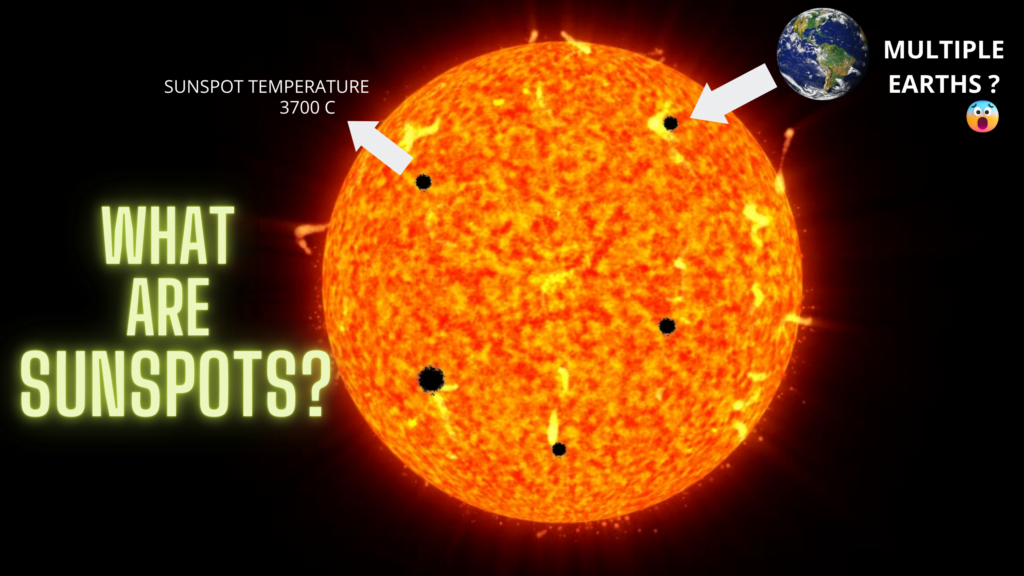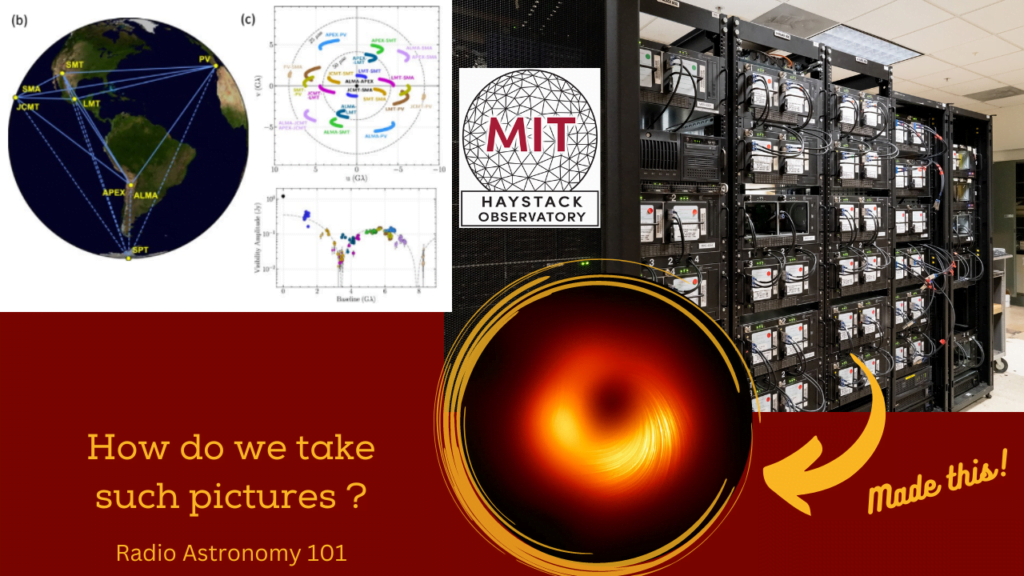Space telescopes are revolutionary tools that have changed the way we understand the universe. These telescopes are placed in orbit around the Earth, far from the light pollution and atmospheric interference that limit ground-based observatories. Three of the most well-known space telescopes are the Hubble Space Telescope, the Chandra X-ray Observatory, and the Gaia spacecraft. In this article, we will explore each of these telescopes in depth, discussing their history, capabilities, and contributions to our understanding of the cosmos.
Hubble Space Telescope:
The Hubble Space Telescope, named after astronomer Edwin Hubble, was launched into orbit in 1990. It is operated by NASA and the European Space Agency and has a primary mirror that measures 2.4 meters in diameter. The telescope has been responsible for some of the most stunning images of the cosmos ever captured, including the famous Hubble Deep Field, which revealed thousands of galaxies in a tiny patch of the sky.
One of the Hubble’s most significant contributions to astronomy has been its observations of distant supernovae. By measuring the light from these exploding stars, scientists have been able to determine that the universe is expanding at an accelerating rate, a discovery that earned the 2011 Nobel Prize in Physics.
The Hubble has also been used to study planets within our own solar system, including Jupiter and Saturn. Its observations have revealed new details about the composition and structure of these planets, as well as their moons. The telescope has also been used to study the atmospheres of exoplanets, planets orbiting other stars.
Chandra X-ray Observatory:
The Chandra X-ray Observatory, launched in 1999, is a telescope that detects X-ray radiation from space. It is named after the Indian-American astrophysicist Subrahmanyan Chandrasekhar, who won the Nobel Prize in Physics in 1983 for his work on the structure and evolution of stars.
The Chandra telescope has a mirror that is only 1.2 meters in diameter, but it is coated with a special material that allows it to reflect X-rays. By observing X-ray radiation from space, the Chandra has revealed new details about some of the most energetic objects in the universe, including black holes, supernovae, and quasars.
One of the Chandra’s most significant discoveries has been the detection of X-ray emissions from dark matter, a mysterious substance that makes up most of the matter in the universe but does not interact with light or other forms of electromagnetic radiation. The Chandra’s observations have helped scientists understand the distribution of dark matter in the universe and its role in the formation of galaxies.
Gaia Spacecraft:
The Gaia spacecraft, launched in 2013, is a mission of the European Space Agency that is designed to create a detailed map of the Milky Way galaxy. The spacecraft is equipped with two telescopes and a camera that can observe stars in visible and near-infrared light.
The Gaia spacecraft is measuring the position, distance, and motion of more than a billion stars in the Milky Way. This data will allow astronomers to create a 3D map of the galaxy, providing new insights into its structure and evolution. The Gaia mission is also searching for new exoplanets and studying the properties of asteroids and other small bodies in our solar system.
One of the Gaia’s most significant contributions to astronomy has been its observations of star clusters and binary star systems. By measuring the orbits of these systems, scientists have been able to determine the mass and distance of their constituent stars, as well as their ages and histories. These observations have provided new insights into the processes of star formation and evolution.

